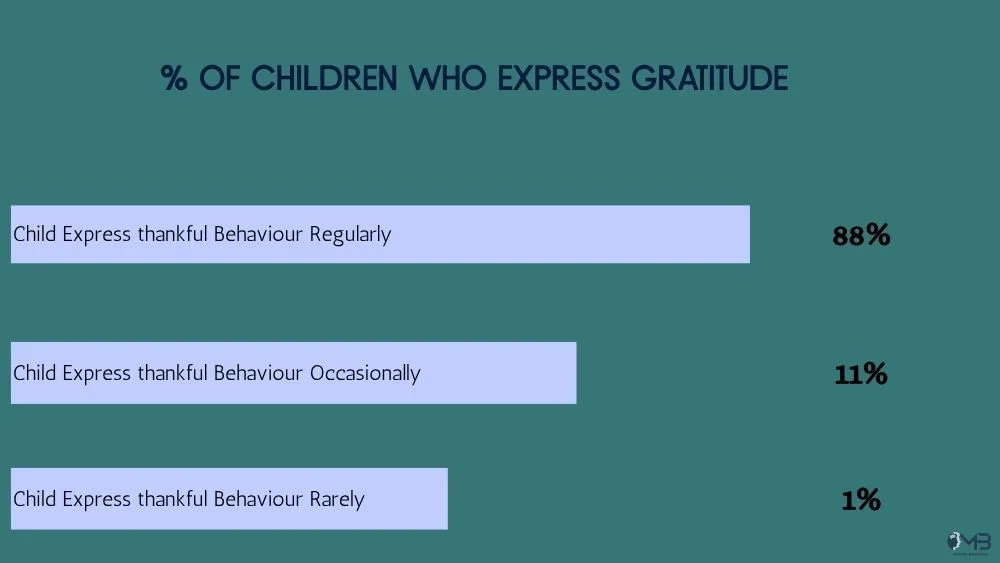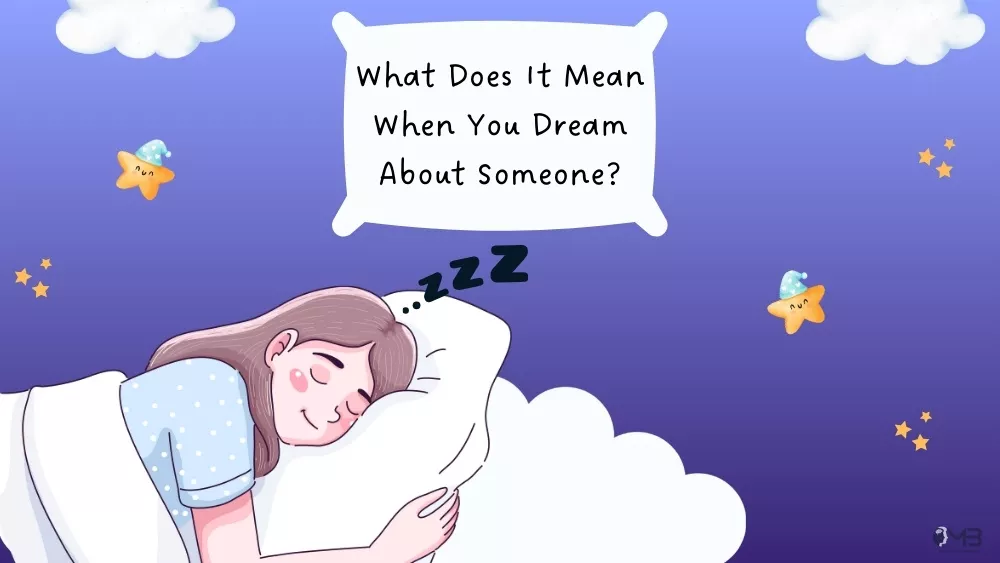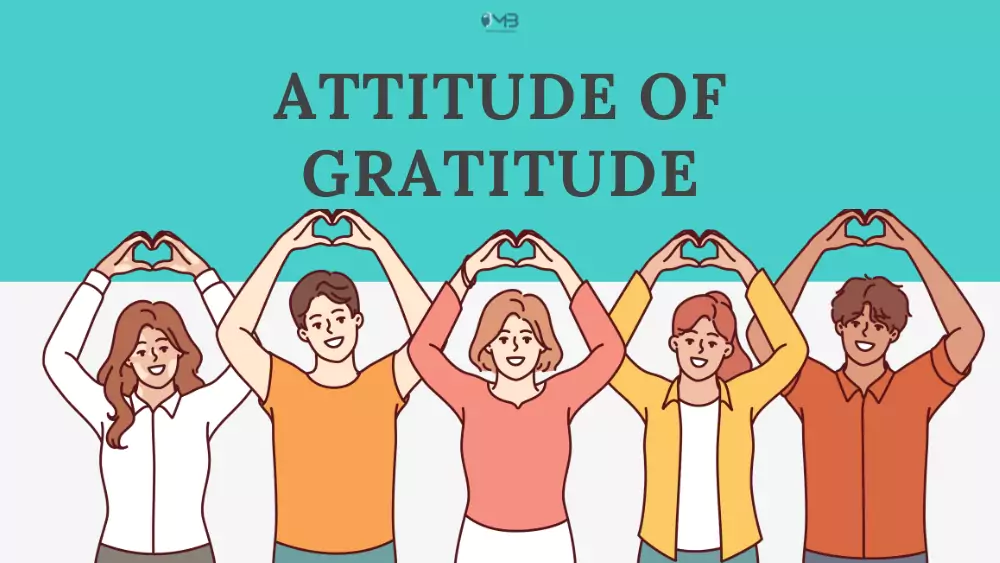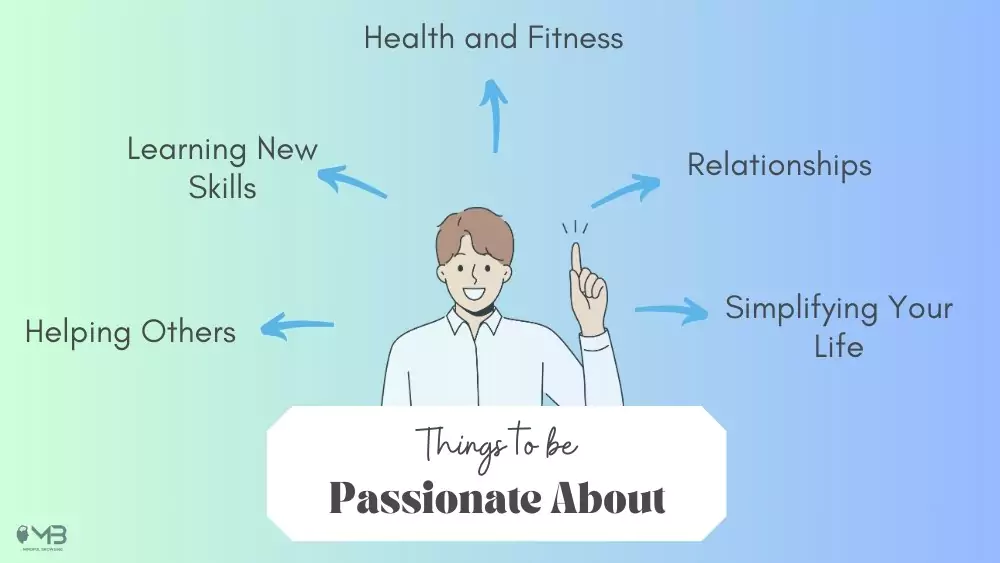
There is a perception that Gen Z and Gen Alpha kids may not be as thankful as their parents were. According to the C.S. Mott Children’s Hospital National Poll on Children’s Health, 81 percent of American parents agree that children (4-10 years) today are not grateful for what they have. Over half of parents (58%) worry that they are giving their children too much, while 42% say they sometimes are embarrassed by how selfish their child acts.

The Mott Poll co-director Sarah Clark, M.P.HA said in a press release that parents raising 4-10 years of kids, have to make different efforts to teach gratitude to their children. She further added: However, gratitude is not something an innate one; it is a learned behavior that needs to be nurtured in an age-appropriate way.
An ungrateful child struggles with emotions like empathy and patience. Teaching gratitude to kids in their early childhood can transform them into grateful adults living a meaningful life. But wondering …… how to do it? To make them grateful, there are several exercises to cultive gratitude in your kids. One of them is by making a gratitude tree – Let’s find out what is it and how make one for your children.
Also read: How Was Life Like Before Social Media?
What is a Gratitude Tree?
A gratitude tree is a mindful way to feel grateful for the things we have. The main idea is to put some bare, thin branches in a holder with paper leaves or tags attached that have written things you are thankful for.
This gratitude exercise is for all ages, encouraging a pause to reflect and write about the positives in life. You can list down the things that fuel your passion, inspire you, and bring you joy.
How to Make a Grateful Tree? 5 Ideas for Thanksgiving Tree
Let’s go through some inspirationl ideas to craft thankful tree for kids to count and write down their blessings on the leaves.
Idea # 1: Nature-Inspired Gratitude Tree

Things you need:
- Small tree branch
- Twigs
- Feathers
- String
- Chits of colored paper
How to Make (process):
- Clean the branch off of any debris or dirt
- Put feathers or even dried leaves on it for a natural look
- Write gratitude quotes or things you appreciate
- Tie these notes on the branch in a way that it looks pleasing
- Maybe incorporating personal items like photos and small objects
Idea # 2: Digital Gratitude Tree

Things you need:
- Computer or smartphone
- Any image editing software (e.g., Canva)
- Online books or blogs for ideas
How to Make (process):
- Open any image editing tool and draw a simple tree
- Answer the gratitude prompt on a leaf and connect it to the branches
- Decorate the art with some scenery and background
Another Idea:
You can also use gratitude apps to digitize your practice of appreciating the positive side of life.
Idea # 3: Paper Gratitude Tree

Things you need:
- Construction paper
- Scissors
- Glue
- Colorful strings or ribbons
- Markers and pencils
How to Make (process):
- Draw a tree shape on brown colored paper and cut it out
- Paste it on the chart sheet
- Cut different colored leaves and write lines of gratitude
- Stick it onto the tree branches
- Use ribbons or threads to decorate it
Idea # 4: Gratitude Tree on a Chalkboard

Things you need:
- Chalkboard
- Chalk
- Paper
- Scissors
- Markers
How to Make (process):
- Set up a chalkboard in the common lounge of your home.
- Sketch the tree trunk and branches using chalk.
- Draw leaves with chalk or cut out paper flowers and temporarily attach them to the chalkboard.
- Add some more details like roots and nest in the drawing
Idea # 5: Framed Gratitude Tree

Things you need:
- Small sticks, preferably dried, thin branches
- Photo frame
- Cardstock
- Small clips or yarn threads
- Photos
How to Make (process):
- Use cardstock to create the branches
- Cut out leaves and write things you love about your life
- Either paste it or use thread or a small clip to attach it to the tree
- Frame the art and put it as a wall decor
When doing this activity with your kids, always remember to set a good example by having a thankful attitude. They’re more likely to copy you than listen to wordy advice.
What to Write on a Gratitude Tree?
It’s up to the kids to write whatever they want on the thankfulness tree. However, the following are some ideas:
- I am thankful for my best friends to help me in need
- I am happy to have my teacher and parents
- I love flowers in my backyard
- I love the rain today
- I love the lasagna my mum made me for dinner
- I am happy to play football with my next-door buddies
Read Also: Benefits of Keeping a Gratitude Journal
Top 4 Benefits of Making a Thanksgiving Tree
Gratitude activities for kids, such as a thankfulness tree or gratitude jar, are more than just art projects.
Many psychologists and therapists endorse these activities because they have long-lasting effects on the character development of young minds.
- It encourages kids to be mindful of what they have. It has the power to change their outlook on life.
- It promotes their creative thinking skills.
- It can lead to other positive practices like gratitude meditation.
- It gives a unique bonding experience for kids and parents. Especially if you’re a solo parent, a gratitude tree encourages children to appreciate your efforts.
- They build strong social relationships when they understand how much help and love they get from their friends and family.
Conclusion
Another name for the gratitude tree is the thankfulness tree because it represents both emotions. Sure, there is a stark difference between being thankful and being grateful. Still, both are generated from one emotion—to be content with what you currently have, whether they are people, things, feelings, or dreams.






